How to identify cause of mortality?
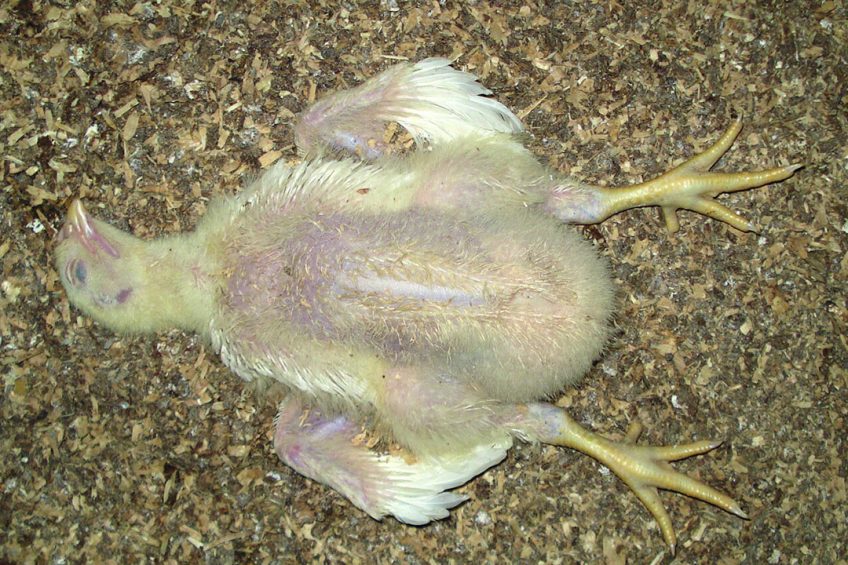
Most losses usually occur in the first 7 days. Carry over effects from the quality of the breeding flock and hatching conditions will flare up sooner rather than later. Good care is all the more important for weak chicks as they will easily keel over.
If there is mortality it is essential to remove dead birds on a daily basis and determine what level of losses you have at what time during the cycle. The mortality pattern in the first few weeks gives you a clear signal about your management.
Losses in the first 3 days are closely connected to DOC quality, but after 3 days the losses depend on the quality of care after delivery.
Distinguish between death from individual causes and infection of the flock
When removing dead chicks, try to figure out the cause of the mortality. Are they located in particular places in the house? Are they male or female chicks? Are they already diseased or did they die sudden? And most important: make sure to distinguish between death from individual causes and infection of the flock.
6 characteristics of dead chicks an their possible causes
- Lying on the stomach or back: Metabolic disorder with a high incidence between 2 and 5 weeks. Try to resolve with feed management interventions.
- On the back with wings splayed and often with one foot in the air: Sudden death syndrome (flip-over). The young chicks heart stops, it jumps up and falls dead on its back. Slow down growth slightly with lower light intensity until the mortality rate is below 0.05% per day.
- Well developed, with full crop: Chicks at older age suffering from excessive strain on the heart, or inflammation of the heart wall or valve
- Moderate to poor condition, stomach full of liquid: Ascites from the age of 3 weeks onwards. These chicks are susceptible to heat stress. Check CO2 levels in the house. During next cycle restrict growth, ensure air circulation and prevent day-night temperature fluctuations.
- On the stomach, neck forward and feet back: Choking. Birds have been choked by a plug of inflamed material in the top of the respiratory tract as a result of virus infection or severe reaction to vaccination.
- Seal position, on the stomach, feet back, neck stretched, beak slightly open and often with a morsel of litter in the beak: Botulism (rare) or by an overdose of ionophoric anticoccidial agents or necrotic enteritis.

 Beheer
Beheer

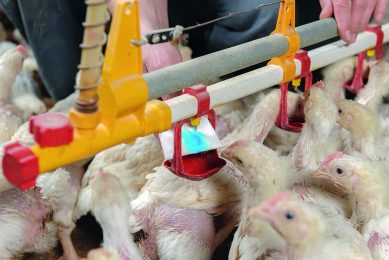
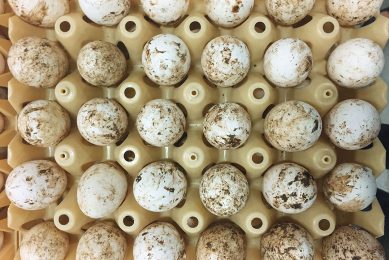
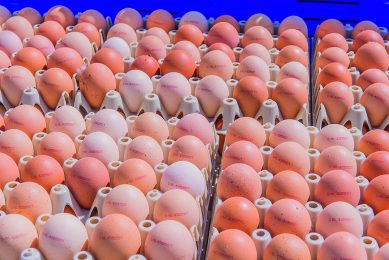
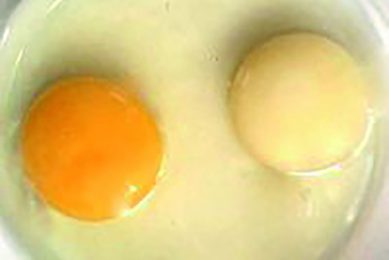



 WP Admin
WP Admin  Bewerk bericht
Bewerk bericht